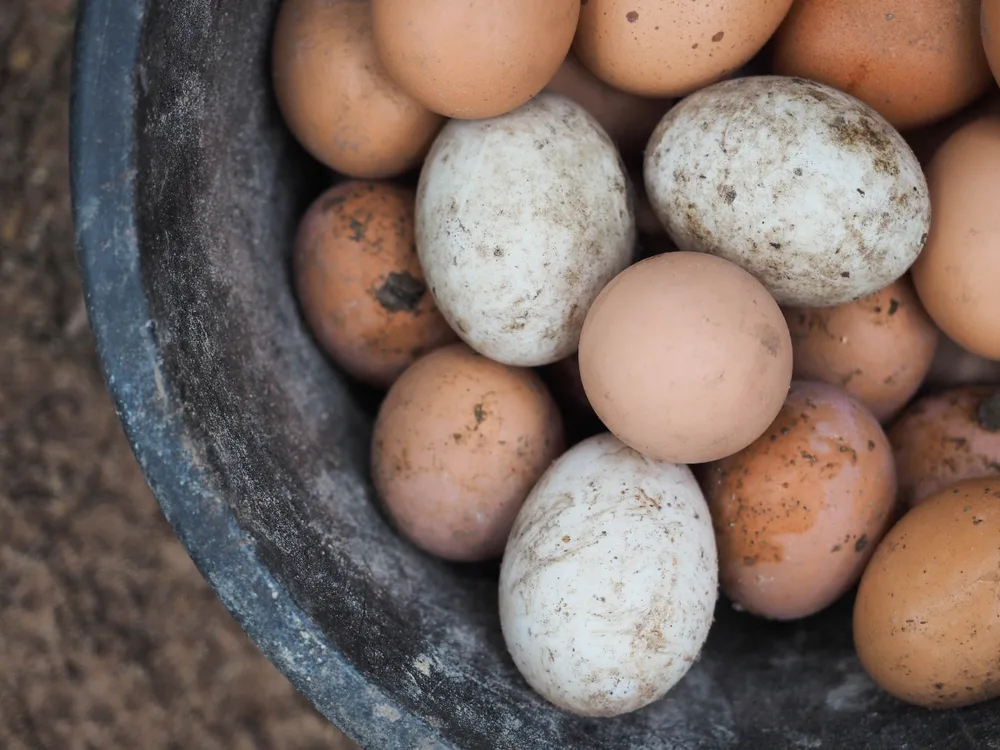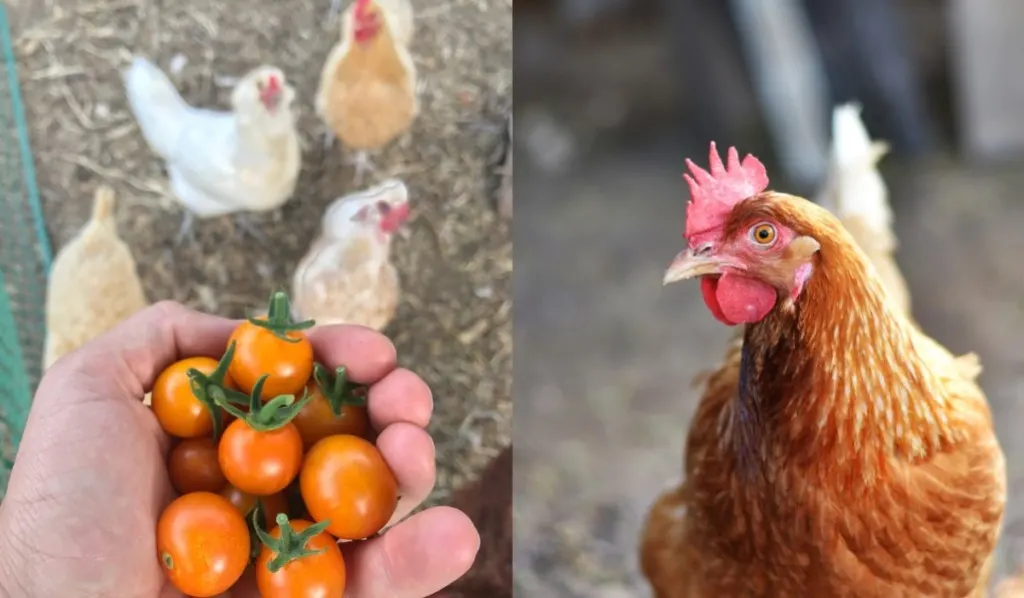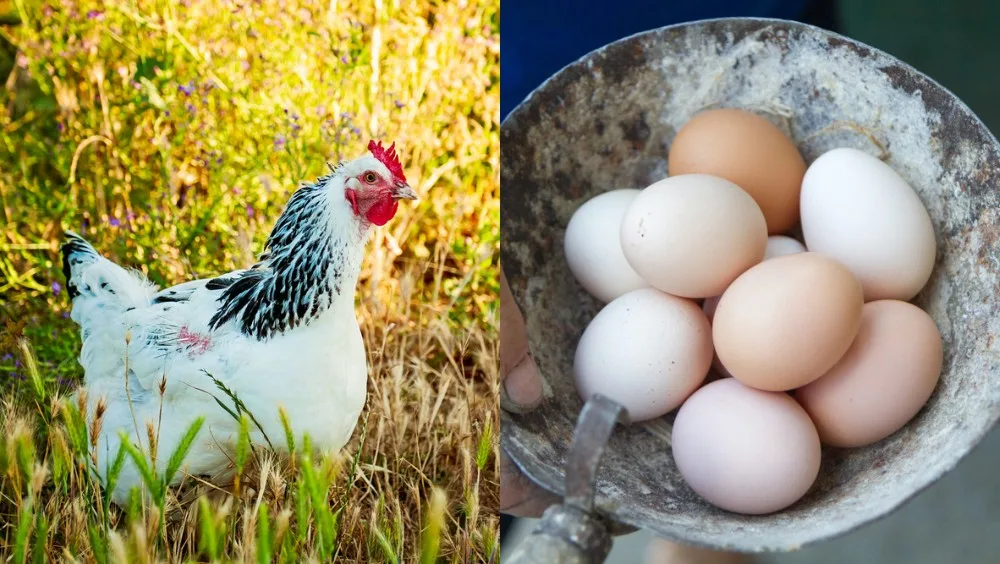
Raising chickens is such a delight, because they’re pets with benefits.
Not only do they provide affection, entertainment, and fun, but they provide you with breakfast too!
We’re often asked which breeds of chickens lay the most eggs, and luckily there are plenty of them that make the list.
The following are our most recommended chicken breeds for eggs, not only because they’re highly productive, but because they’re wonderful pets as well.
Related Reading:
1. Australorp
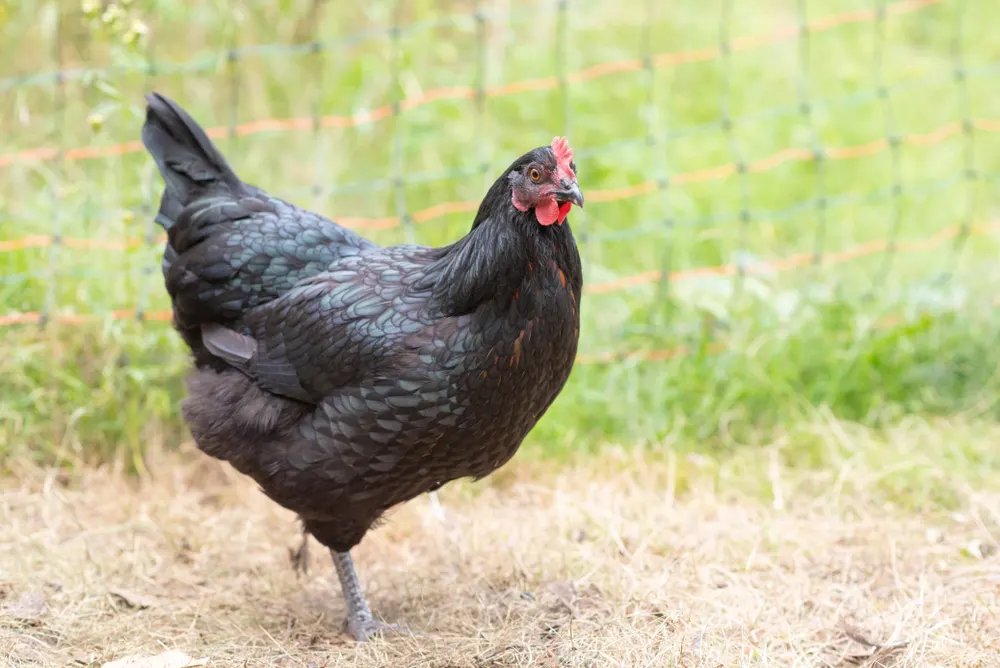
You almost won’t find a more friendly bird than the Australorp.
These birds have sweet temperaments and are unique in that they’re ideal breeds for both cold and hot climates. The Australorp can lay around 250 eggs per year.
2. Leghorn
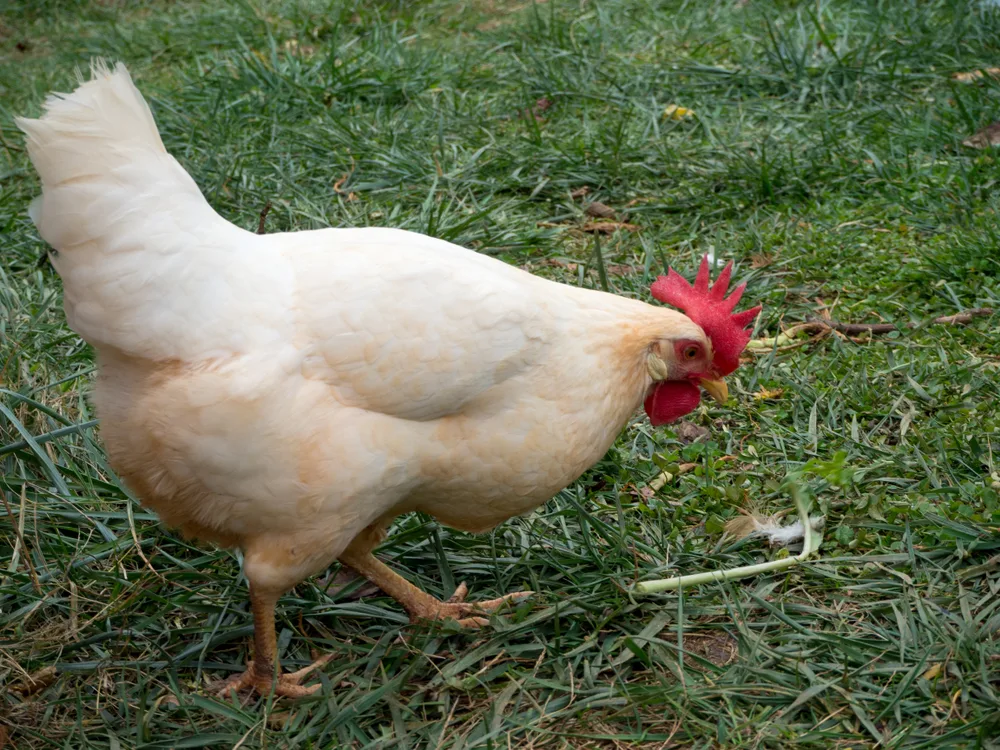
The Leghorn is a heavy hitter in the chicken world, and with good reason.
The average Leghorn is known to lay between 250-300 eggs per year!
The Leghorn is small and sprightly, quite flighty and hard to catch. They’re not known for their friendliness, but if you’re looking to have eggs for breakfast every morning, they’re a great choice.
One big downside to this breed is that they’re known for being more prone to reproductive issues due to laying so many eggs, and may live a shorter life than that of other breeds.
3. Rhode Island Red
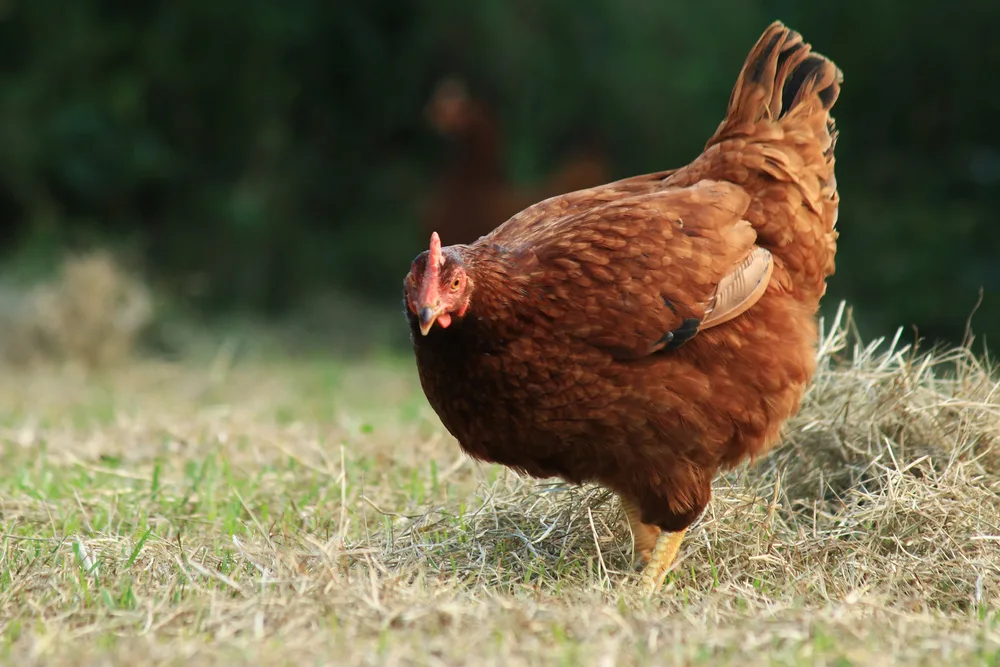
The Rhode Island Red hails from, you guessed it, Rhode Island.
This breed is well known for ruling the roost with their high energy and bossy demeanor. The Rhodie will lay up to 300 eggs per year for the first few years of her life.
4. Isa Brown
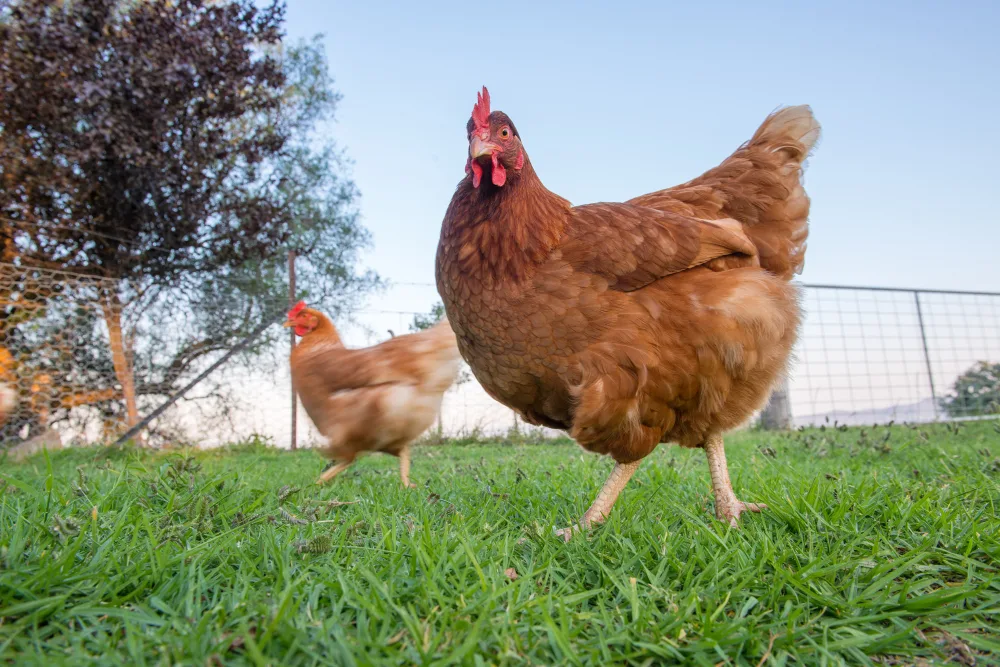
This breed is not only affectionate, they’re one of the friendliest and most personable breeds around.
If you want a good production layer that’s also a good family pet, the Isa Brown is your girl.
Another benefit to the Isa Brown is that they start laying early, sometimes as young as 16 weeks old, so you’ll get egg sooner if you’re raising them from chicks.
5. Plymouth Rock / Barred Rock
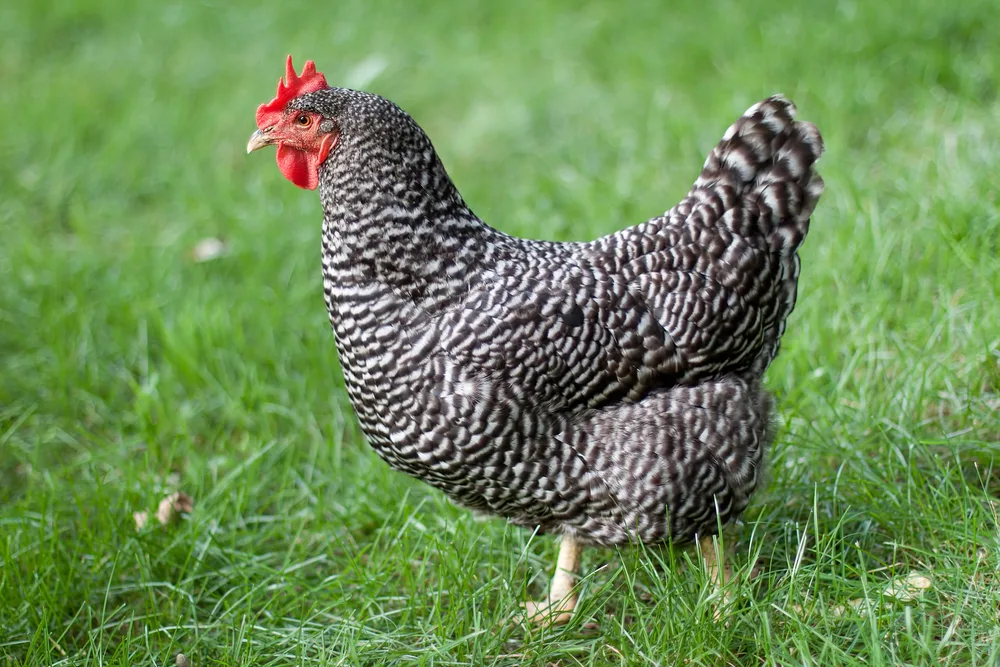
This classic chicken breed is a heavy layer at up to 280 eggs per year.
Not only that, the Plymouth Rock is a heritage chicken breed, so adding this beauty to your flock is continuing a long line of chickens that dates back to the late 1800s.
The Plymouth Rock is hardy and a great choice for either cold or hot climates.
6. Speckled Sussex
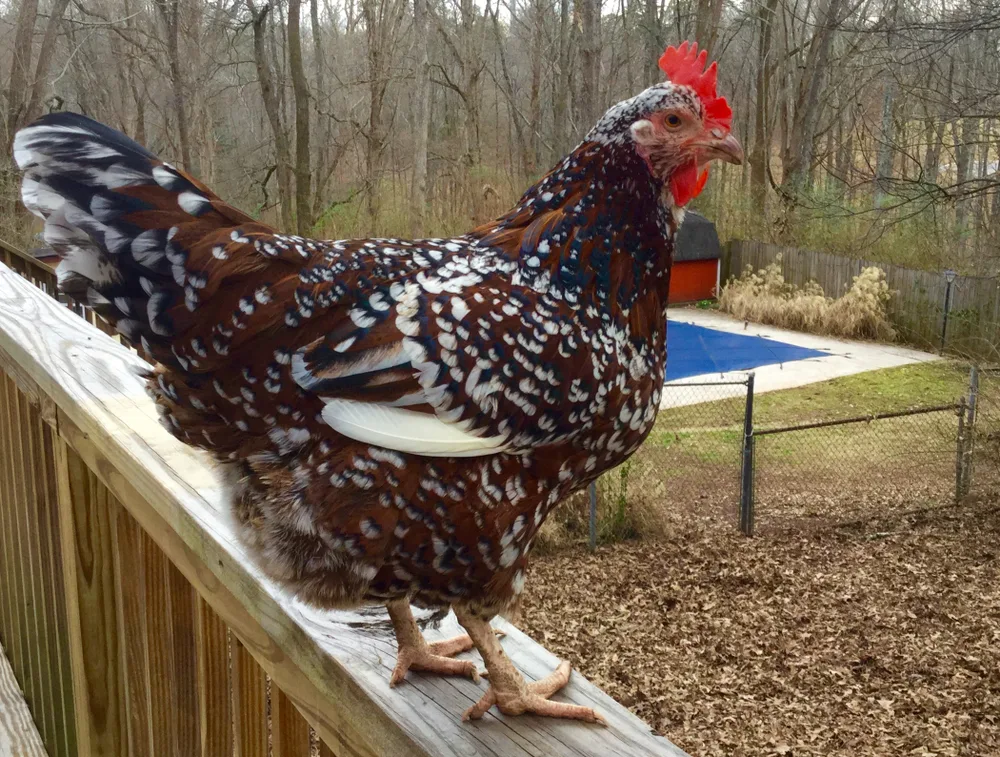
The Sussex is a beloved breed and looks downright delightful with its speckled and colorful feathers.
This breed is known for being gentle, calm, and, unfortunately, loud. This breed is not a good choice for urban or suburban chicken keepers, as their constant cackling might annoy the neighbors.
The Sussex lays up to 260 eggs per year and is a great breed to keep if you don’t mind the noise.
7. Hybrid Breeds – Golden Comet, Sex Link, Red Star, Black Star
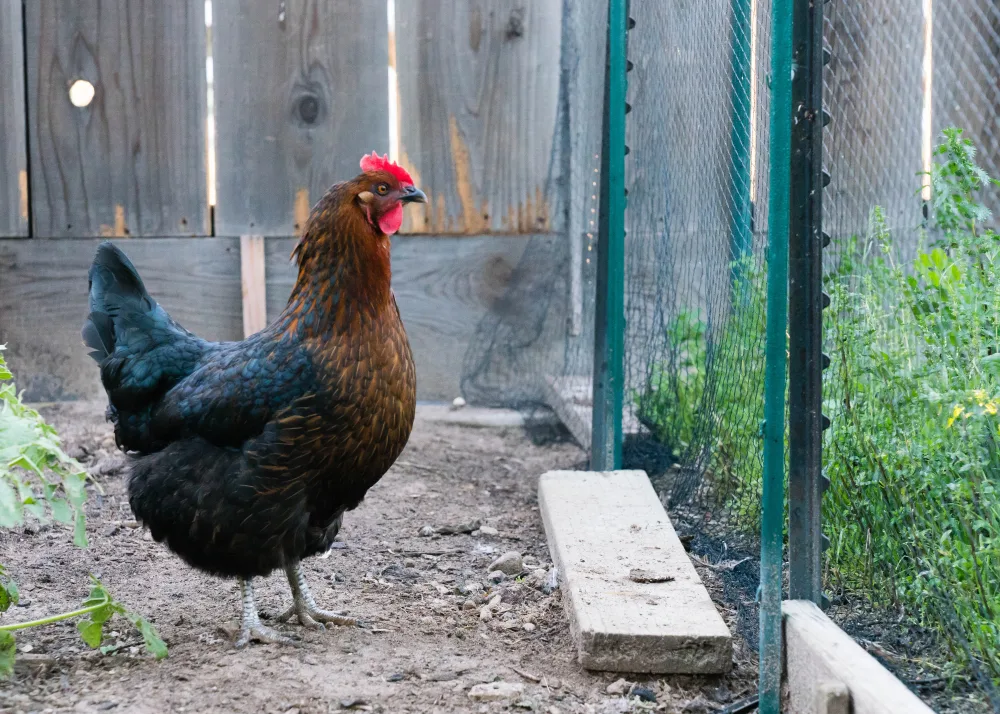
Hybrid egg laying breeds were genetically bred to grow fast, eat small meals, and produce a lot of eggs.
These breeds are most commonly used in the egg industry, but can also be purchased for backyard flocks from most hatcheries and farm stores. Hybrid breeds tend to be docile, calm, and extremely productive.
Many hybrid chicken breeds are also bred to be easy to identify the gender from their very first day. This means it’s unlikely that you’ll mistakenly get a rooster in your chick order.
The average hybrid breed will produce upwards of 300 eggs per year.
8. Delaware
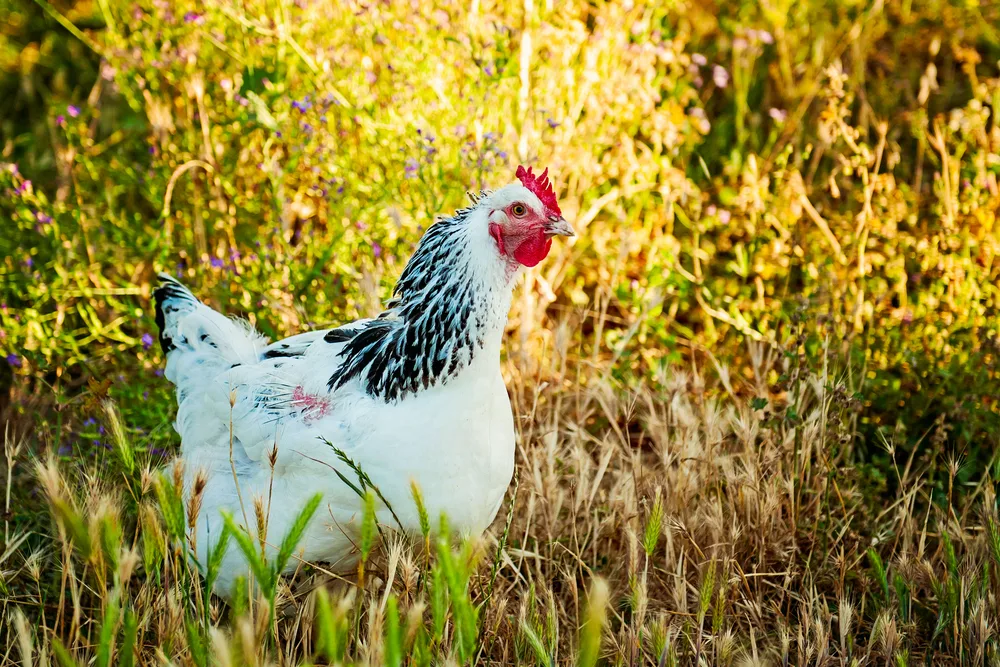
The Delaware is a large bird that is used as a dual purpose chicken, meaning you can raise them for eggs, meat, or both! The Delaware is easy going and beautiful, the perfect addition to any backyard homestead.
Delaware chickens usually lay 200+ eggs per year, but you need to know that they tend to go broody. This means that it’s possible your Delawares will stop laying for several months of the year while they attempt to hatch eggs instead.
9. Ameraucanas & Easter Eggers
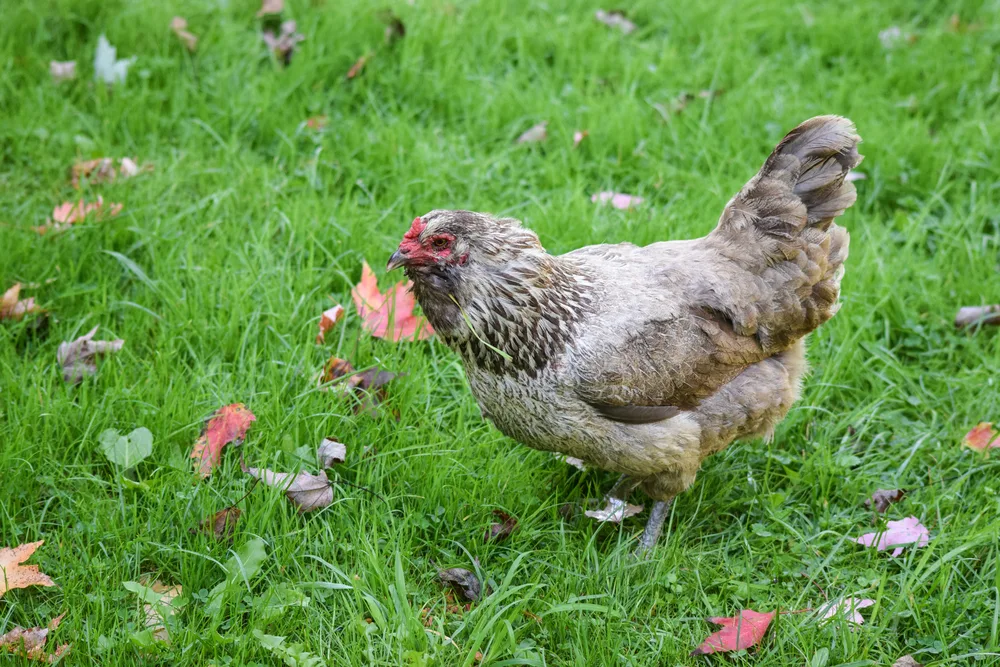
These two breeds are different but similar enough that we’re including them both in the same category. These breeds lay up to 300 eggs per year, and as a bonus, they’re colorful.
Ameraucanas lay bright blue eggs, and Easter Eggers can lay blue, green, cream, or even pink eggs.
These breeds tend to be more flighty and frantic than other breeds, unless you handle them a lot as chicks. They’re not a great choice for young children or those who want a cuddly chicken, but their eggs are beautiful and they lay consistently, even through the winter.
10. Orpingtons
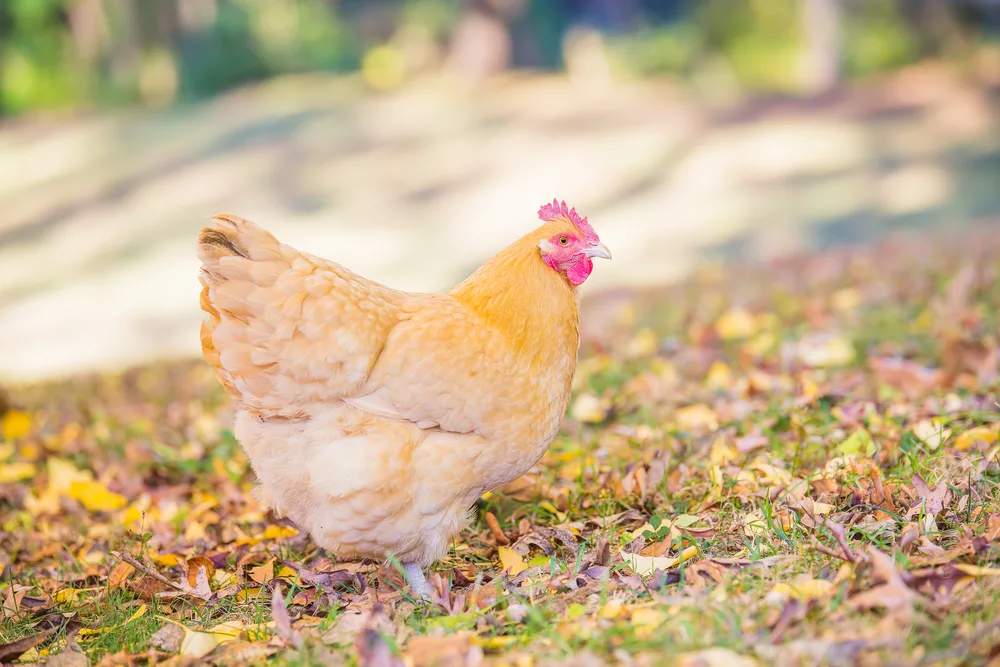
The Orpington is big, beautiful, incredibly friendly, and a good egg layer.
Often called the chicken version of a Golden Retriever, this beloved breed has a sweet demeanor and make excellent pets with benefits. They lay up to 200 eggs per year, but are known for going broody and wanting to sit on them more than lay them.
The Orpington breed comes in a variety of interesting colors, including Buff, Black, Blue, White, and Lavender!
10 Quick Tips for Keeping Your Egg Layers Healthy
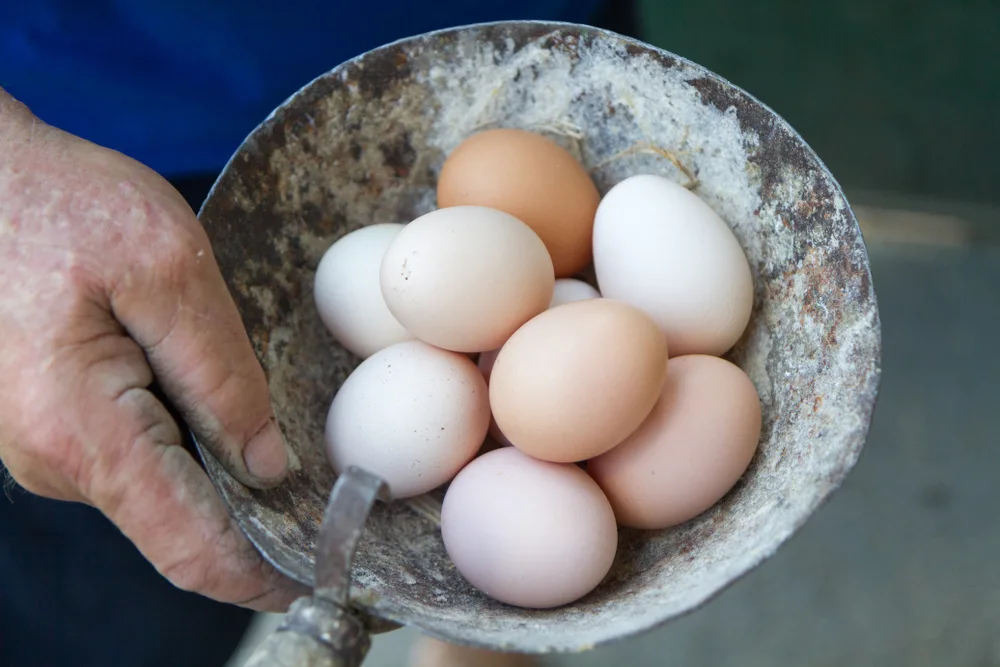
Keeping your egg laying chickens in tip-top shape will mean more and higher quality eggs for you.
- Free range your flock as much as possible. This gives them exercise and access to fresh greens and bugs.
- Keep their coop impeccably clean, especially the nesting boxes.
- Make a chicken dust bath so your hens can naturally repel insect parasites.
- Keep their water clean and constant, especially during times of stress and super hot or super cold weather.
- Feed them high quality layer-specific feed and supplement with healthy treats and kitchen scraps.
- Take proper precautions in bitter cold and extreme heat to make sure your flock is comfortable. These temperature extremes affect egg laying in a big way.
- Keep your flock entertained and busy so they don’t pick on each other. Chicken toys like the flock block, treat balls, and chicken swings are a great way to do this!
- Keep your flock safe from predators at all times.
- Keep pests like rodents, flies, sparrows, and starlings out of the chicken coop. These pests carry parasites and disease, and eat your chicken’s food.
- Do ‘chicken checks’ once per week to check on the health of your flock. Do a body scan and check for signs of illness, wounds, or disease so you can catch them early!
Read Next:

Get the famous Rural Sprout newsletter delivered to your inbox.
Including Sunday ramblings from our editor, Tracey, as well as “What’s Up Wednesday” our roundup of what’s in season and new article updates and alerts.



